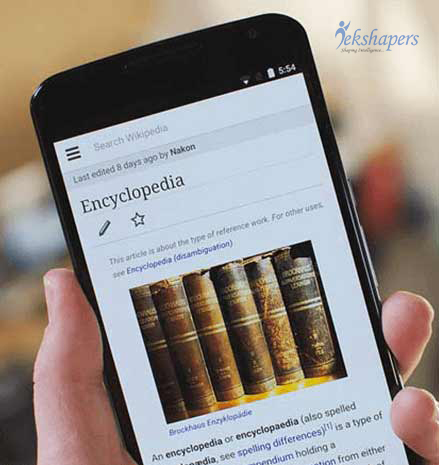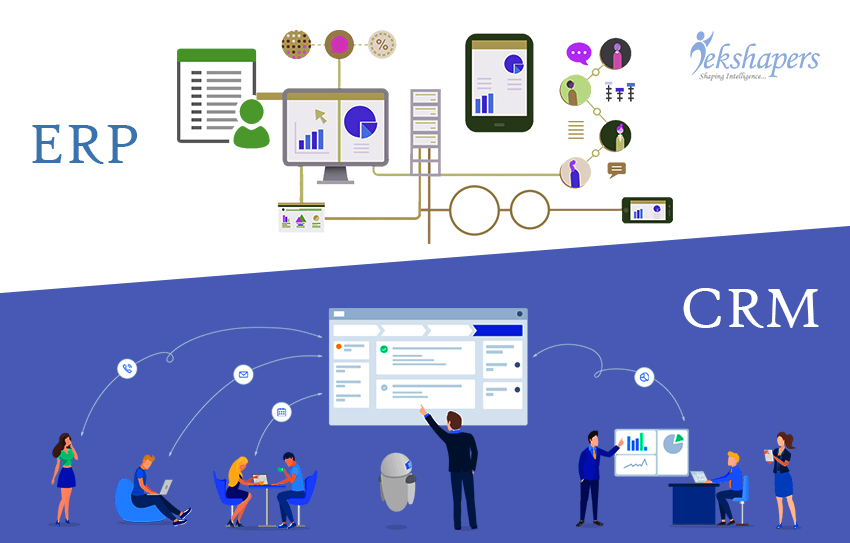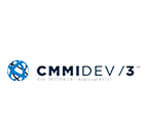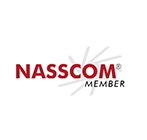Flutter Technology: The New In Demand Mobile App Development Framework

Google has introduced us Flutter technology which is the new open source library to create mobile applications. This technology may be the solution to create a cross-platform mobile application with a beautiful user interface. The way of designing views are similar to the web application and you can find many analogies to CSS and HTML. Without knowing anything about this technology, you may have already used mobile apps which are made by using flutter technology. Whether you shopped on Alibaba, run an ad campaig n on Google ads or used the digital coupon, you have likely witnessed the outcomes of flutter’s still short history.
Basically, Flutter technology is the mobile app SDK to build high performance, high fidelity, apps for iOS and android both platforms from the single codebase. The major goal of this app is to enable the developers to deliver the high-performance apps which feel natural on different platforms. This difference exists in scrolling behaviors, typography, icons and many more. Unlike other major solutions, this technology is not the framework as it completes the SDK software development kit which already contains everything that the users need to build cross platforms applications.
Now, let’s discuss the major use of this technology in mobile application development and how it can help us in building mobile apps as:
1. Be highly productive
-
It helps to develop the apps for iOS and Android from the single codebase.
-
You can do more with less code available with you, and even on single OS with the modern, expressive language and declarative approach.
-
Prototypes and iteration are possible very conveniently. You can experiment by changing the code and reloading as your app runs and can also fix the crash and continue debugging from where the app left off.
2. Highly customized Experience
-
It helps to benefit from the rich set of material design and Cupertino widgets that are built flutter’s own framework.
-
It also realizes custom, beautiful, brand-driven designs without the limitations of OEM widget sets.
Principles of Flutter Technology
Flutter technology includes modern react style framework, a 2D rendering engine readymade widget and the development tools. All these component works together to help you in designing, building, testing and debugging apps. The core principles on which this technology works are:
-
Widget
Widgets are the basic building blocks of flutter app’s user interface and each widget is an immutable declaration of the part of user interface. The widgets usually define the structural elements, stylish elements, and an aspect of layout. They form the hierarchy based upon the composition and each widget nests inside and inherits properties from its parents. You can respond to the events like users interaction, by telling the framework to replace a widget in the hierarchy with another widget.
-
Handling user’s integration
If the unique characteristics of the widget need to be changed on the user's interaction basis, that widget is stateful. These stateful widgets store their mutable state in the subclass state. Having a separate state and widget objects let other widgets treats stateless and stateful widgets in the same manner, without being concerned about losing the state.
-
Building widgets
You can define the unique and prominent chapters of the widget by implementing the build function that returns the tree of widgets. This tree represents the widget’s part of the user interface in a more concerted manner. Whenever it is asked for building the widgets, it must return a new tree of widgets regardless of what the widget previously returned. This automated comparison is quite effective, which enables high performance and interactive apps.
Pros and Cons of Flutter Technology
Google’s flutter software development kit enables the developers for building two-dimensional mobile apps which can offer the various functionalists and features that include storage, camera, and geolocation support straightly to the user. This technology falls with many major benefits in the mobile app development process as:
-
Faster mobile app
The mobile apps developed by using the flutter app development are one of the easiest and faster ways in comparison to the applications built on other app development platform. These apps are quite a smooth functioning as they provide great users experience without cutting or hanging and continuously scrolling.
-
Great for MVP
MVP plays an important role as the foundation for mobile and web application development, therefore if you want your digital products to be developed at the quicker face, and then you must go for flutter app development platform. This will help them to reduce the app development cost at the same time speed up their development processes.
-
Hot Reload
Hot reload is considered as one of the greatest advantages that flutter technology provide, because of this the app developers are able to look at all the required changes which include minor ones in the code right away. With the help of hot read, the developers can also make quick fixes in the app’s code for its smooth functioning.

-
Less testing efforts
In flutter app development, the user need not really have to create two separate apps for the different platforms like Android or iOS, because this technology provides the single codebase that can be used in more than one platform. This ultimately decreases the testing efforts as the quality assurance team does not need to run the same test on the different platform again and again.
-
Native features access
Setting up the flutter development is very easy and can be initiated on low-end machines where the app developers can access the native features like geolocation and camera. This cross-platform mobile app development platform allows you to reuse the existing code for both the platforms.
In comparison to the other mobile app development frameworks, this technology is relatively new and is still in the first stage of development. Therefore, it still requires some more time in the application development filed to fully compete with other frameworks. Below are some of the limitations of the flutter mobile app development framework as:
-
Limited support
It is true that flutter has built an impressive support community with hundreds and thousands of flutter enthusiasts, but it is still not enough. In comparison to other community’s supports, this is lacking behind in user support.
-
Continuous integration
Because of the fact that flutter is still in its initial stage, there are lots of a number of continuous integration platform which offers support to it. It includes Jenkins and Travis which are the major drawbacks of flutter development.
-
No web apps
Another negative point for flutter app development is that it is limited to the mobile applications and does not cover web apps. This can be the major problems as nowadays businesses are looking for support from both the web and mobile browsers.
Conclusion
Speaking from the point of view of app developers, flutter does lack some important aspects but on the other hand, it can be seen that Google is paving the new roads to this technology. Flutter development can help the mobile app development companies in future coming and can deliver the unified experience, reduce the time and effort that developers usually incorporate in building apps.
Recent Blog

Why Your Business Needs a Mobile App?
06-Dec-2022Related Blogs



A secret of Mobile Application Development
23-Apr-2018
Market Demand for CRM and ERP Development
07-May-2018














